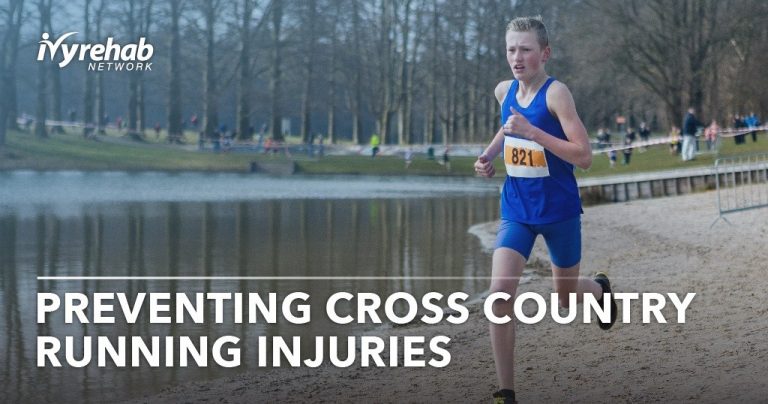
Preventing Cross Country Running Injuries
When fall is here, cross country running injuries appear and can sideline high school athletes and other distance runners. Some of the most common running injuries are shin splints, tendinitis of the knee, ankle sprains, muscle pull, and stress fractures of the leg. A large percentage of running injuries are overuse injuries and can be prevented with proper training techniques and smart sports medicine.
Tips and Tricks:
- Wear proper shoes, test race-day shoes, and replace them frequently
- Pay attention to form, check the soles of your shoes for improper wear patterns
- Stretch before and after a practice or meet, keep your body loose and limber
- Vary training mileage, gradually increase mileage
- Adjust to new terrain, add in hills and other training changes slowly
- Warm-up and cool down before and after all runs and races
- Improve and maintain flexibility by practicing yoga or recommended stretches
- Make sure to incorporate strength training and cross-training, which improve balance and agility, into your training program
- Run with a purpose and stay present on the course
- Have pain checked out by a doctor or physical therapist
- Stay hydrated to avoid muscle cramps
- Pay attention to nutrition to improve energy, endurance, and performance
- Include rest days in your training schedule, try walking, cycling, or swimming
- Train during the summer if possible
It helps coaches and athletic trainers assess their athletes’ risk of injury if they know their level of summer training and overall running fitness. Be honest! A conditioned runner who diligently logged miles throughout the summer is probably better prepared than a beginner or a team member who was lax over the summer break.
If you should experience an injury, work with your athletic trainer, doctor, and physical therapist to properly rehabilitate your injury or assess improper running mechanics. As you recover, take it slow, listen to your body, and pay attention to signs you are overdoing it. You don’t want to reaggravate or reinjure the same body part. The course will be there!
Contact Ivy Rehab for more information on overuse injuries, prevention tips, orthopedic therapy, sports injury screenings, or Ivy’s running analysis program.
Article Reviewed by Holly Lookabaugh-Deur, PT, DSc, GCS, CEEAA
Holly Lookabaugh-Deur, PT, DSc, GCS, CEEAA is a practicing physical therapist and a partner and Director of Clinical Services at Ivy Rehab Network. Deur is board certified as a geriatric clinical specialist and certified exercise expert for aging adults with more than 35 years of clinical experience. She is certified as an aquatic and oncology rehabilitation specialist and serves as adjunct faculty at Central Michigan University and Grand Valley State University.
The medical information contained herein is provided as an information resource only, and does not substitute professional medical advice or consultation with healthcare professionals. This information is not intended to be patient education, does not create any patient-provider relationship, and should not be used as a substitute for professional diagnosis, treatment or medical advice. Please consult with your healthcare provider before making any healthcare decisions or for guidance about a specific medical condition. If you think you have a medical emergency, call your doctor or 911 immediately. IvyRehab Network, Inc. disclaims any and all responsibility, and shall have no liability, for any damages, loss, injury or liability whatsoever suffered as a result of your reliance on the information contained herein.